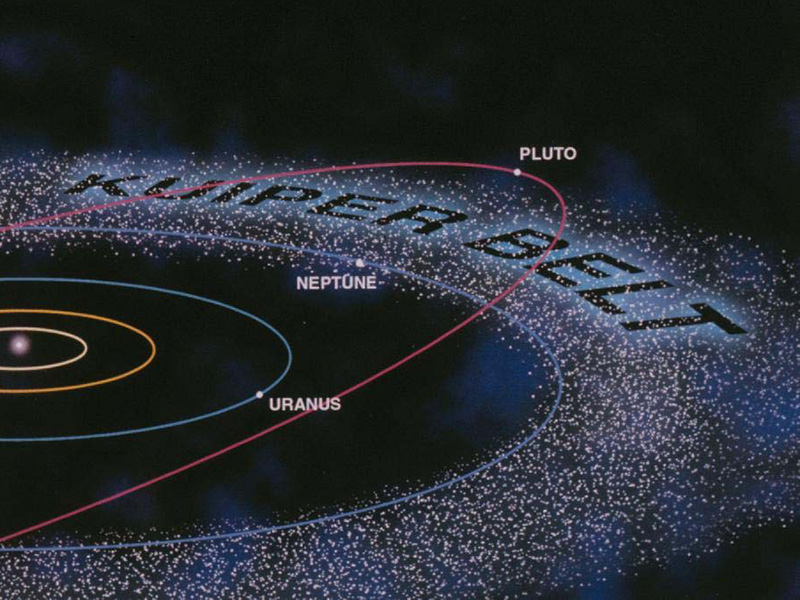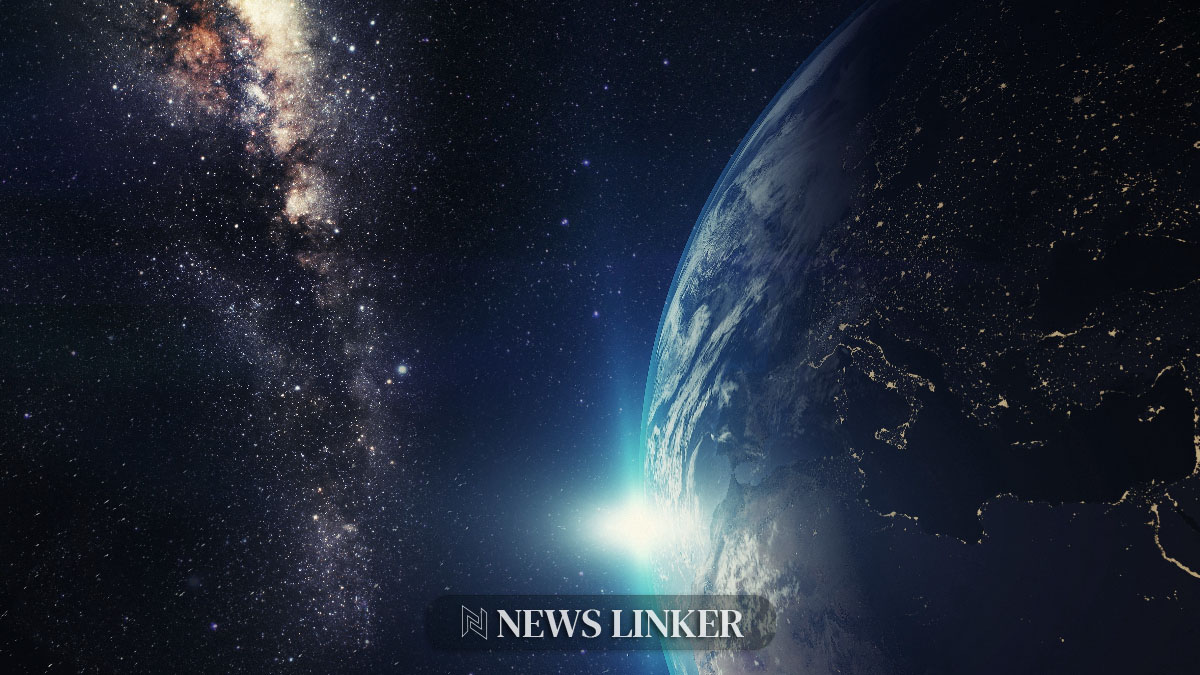The Kuiper Belt, an expansive icy realm at the fringes of our Solar System, offers a wealth of information about our Solar System’s origins and development. Home to countless Kuiper Belt Objects (KBOs) or Trans-Neptunian Objects (TNOs), these celestial entities hold significant clues regarding the Solar System’s formation and subsequent evolution.

Revelations from the James Webb Space Telescope
An international research team, steered by Joshua Emery from Northern Arizona University, tapped into the capabilities of the JWST’s Near-Infrared Spectrometer (NIRSpec) to delve into three dwarf planets inhabiting this icy belt: Sedna, Gonggong, and Quaoar. These observations unearthed intriguing aspects of their trajectories and constituents. Of particular interest was the identification of light hydrocarbons and intricate organic compounds, suspected to have arisen from methane irradiation.
Spanning roughly 1,000 km (620 mi) in diameter, these three celestial bodies fit the criteria set by the International Astronomical Union for Dwarf Planets. Each boasts a distinct orbit, positioning them in varying temperature zones and irradiation settings. This orbital diversity piqued the team’s interest, leading them to explore how these separate trajectories could influence the surface makeup of these entities.
Methane Mysteries Unfolded
A close examination of the JWST‘s data painted a vivid picture. All three celestial objects were found to be rich in ethane (C2H6), with Sedna reigning supreme in its abundance. The presence of these hydrocarbons is directly attributable to methane (CH4) irradiation. This intriguing discovery implies a regular replenishment of methane to the surfaces of these dwarf planets, as prolonged exposure would have morphed these molecules into intricate compounds.
The insights gleaned align well with prior research focused on other Kuiper Belt denizens, like Eris and Makemake. These earlier studies posited that the methane identified wasn’t ancient, but was processed internally and subsequently surfaced. Interestingly, Sedna, Gonggong, and Quaoar’s distinct spectra set them apart from their smaller counterparts, hinting at their unique compositions.
Broader Implications and the Path Ahead
The evolving grasp of the Kuiper Belt is emblematic of our continuous journey to comprehend our Solar System’s intricate past. As we decode the orbits and constituents of KBOs, we inch closer to understanding the gravitational influences that sculpted our cosmic vicinity.
The JWST, with its unmatched prowess in high-resolution infrared imaging, has ushered in a new era of discovery. Beyond its central missions revolving around exoplanets and far-flung galaxies, it has served up breathtaking visuals of Mars, Jupiter, and its satellites. As we venture deeper into the mysteries of the Kuiper Belt, the scientific community remains on the edge of their seats, eager for revelations that will amplify our cosmic knowledge.
The JWST has consistently showcased its mettle since its inception, illuminating the myriad facets of our expansive universe. As it continues to shed light on our Solar System’s icy outskirts, it underlines the infinite possibilities that await us, reminding us of the sheer vastness and complexity of the cosmos we inhabit.










